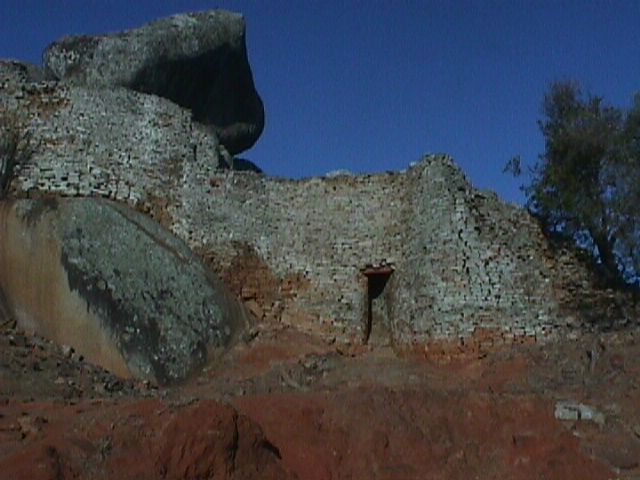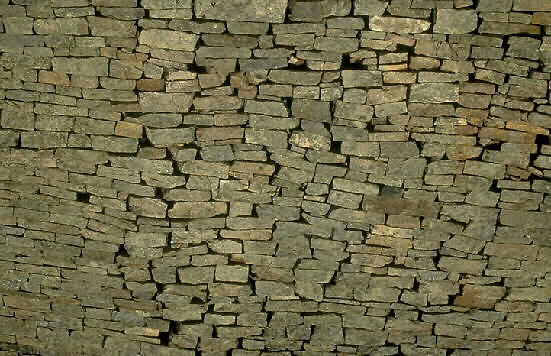 The
Mwenemutapa or Zimbabweans were a Bantu-speaking people in south-eastern Africa.
As with all the Bantu who migrated from central Africa to the south and to the
east, the ancestors of the Mwenemutapa brought iron-smelting and agriculture
with them to the region south of the Zambezi River. The region was dominated by
the Swahili city-state of Sofala; Zimbabwe, however, was rich in gold. Because
of the wealth of Zimbabwe and the importance of Sofala as a trading city, the
Zimbabweans from 1000 AD onwards were exposed to Chinese, Persian, and Indian
crafts and culture. The growing trade encouraged the Zimbabweans to centralize
their government. Originally ruled by ruler-priests, the Mwenemutapa developed a
military and economic kingship of astonishing power and efficiency.
The
Mwenemutapa or Zimbabweans were a Bantu-speaking people in south-eastern Africa.
As with all the Bantu who migrated from central Africa to the south and to the
east, the ancestors of the Mwenemutapa brought iron-smelting and agriculture
with them to the region south of the Zambezi River. The region was dominated by
the Swahili city-state of Sofala; Zimbabwe, however, was rich in gold. Because
of the wealth of Zimbabwe and the importance of Sofala as a trading city, the
Zimbabweans from 1000 AD onwards were exposed to Chinese, Persian, and Indian
crafts and culture. The growing trade encouraged the Zimbabweans to centralize
their government. Originally ruled by ruler-priests, the Mwenemutapa developed a
military and economic kingship of astonishing power and efficiency. By about 1200, Zimbabwe (zimbabwe means "stone enclosure") was occupied by prominent Karanga chiefs, who erected in the valley below the Acropolis the immense elliptical structure known as the Great Enclosure. The great freestanding outer wall of granite blocks, more than 244 m (800 ft) long and up to 9.8 m (32 ft) high, enclosed large huts, compounds, and a mysterious conical tower. Zimbabwe's rulers bartered copper and gold from mines under their control with traders from the east African coast. Fine metal ornaments of African manufacture as well as imported glass beads and Chinese porcelain litter the deposits of the site. By 1500, Great Zimbabwe dominated the Zambezi Valley both militarily and commercially (the Mwenemutapa empire); because of this, the new ideas about divine kingship spread throughout the valley and changed the social structures of most of the Bantu people living there.

Great Zimbabwe was so far inland that it never felt the political or cultural effects of Islam during its existence. It is perhaps one of the few African urban culture south of the Sahara to be a fully African civilization, built off of no cultural ideas imported from outside Africa. People no longer lived at Zimbabwe after the middle of the fifteenth century probably because soil fertility declined and erosion from over intensive cultivation set in. There is evidence that the site continued to be an important religious shrine for some time after that however.